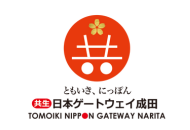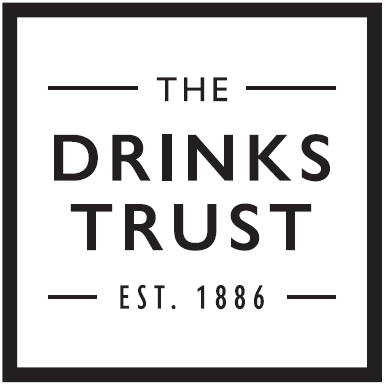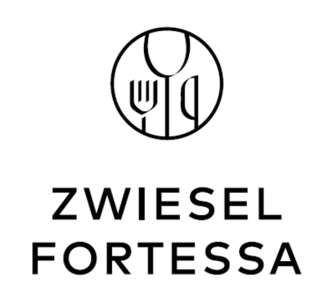Umbria may be a great holiday destination, but does it truly hold its own as a wine region? While popular with northern European tourists, Umbria has long been overshadowed by its illustrious neighbour Tuscany, when it comes to wine, lacking the star power of Chianti Classico, Brunello di Montalcino and Bolgheri. Today, the region's wine identity is beginning to assert itself, with both the diversity and the ambition to earn a more distinctive place in the wine world.
Leading the way is Montefalco Sagrantino – once derided for its fierce tannins, but now showing elegance and accessibility. Winemakers across the region have learned to tame the grape's natural austerity and their efforts are paying off. Recent vintages, particularly 2019 and 2020, show finesse, structure, and ageing potential. Producers like Paolo Bea, Arnaldo Caprai and Tabarrini offer distinctive interpretations, using a variety of techniques such as whole-berry fermentation, extended maceration, and large neutral oak ageing. The result is a diverse array of Sagrantinos that offer more than raw power and unapproachable tannins, securing their place at the table.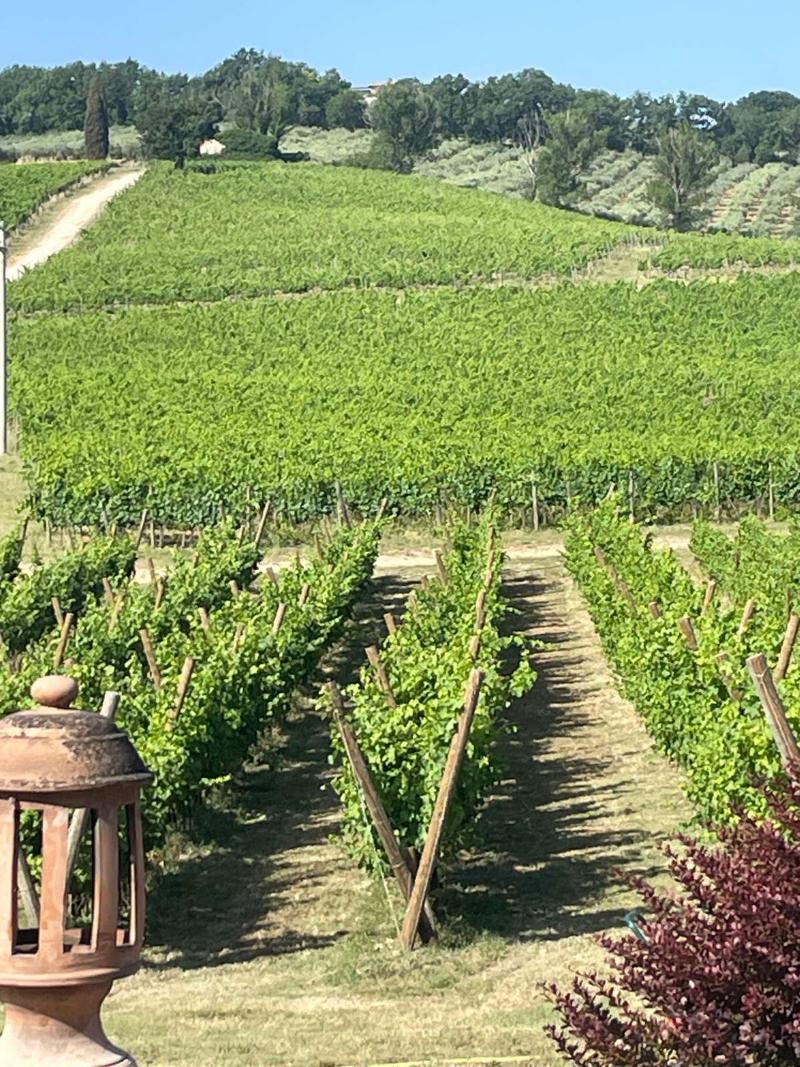
Montefalco is not just about Sagrantino. Montefalco Rosso DOC, typically a Sangiovese dominated blend, with 10-15% Sagrantino, and up to 30% of other varieties, has also seen substantial progress. There's ongoing debate about changing the rules to allow only indigenous varieties in blends, in the name of authenticity. Many producers, however, favour the status quo, arguing that grapes like Merlot and Cabernet Sauvignon have brought balance and approachability to the Rosso blends. The best wines are beginning to measure up alongside Chianti Classico.
If red wine has defined Umbria's vinous past, white wine looks set to be a big part of its future. The resurgence of Trebbiano Spoletino has been remarkable. Once nearly extinct, the grape was rescued by Cantina Novelli according to seminal reference book Wine Grapes and is now the darling of Montefalco and beyond. Unlike the bland Trebbiano Toscano, Spoletino is full-bodied, expressive, and capable of ageing. Leading examples show the grape's breadth: from rich and textured to fresh and aromatic. However, some critics gripe about over-manipulation, seeing extended skin contact or oak ageing as unnecessary, preferring the grape in its purest, freshest form.
Meanwhile, Grechetto, long the dominant white grape, continues to play an important, if slightly less thrilling, role. Structured, subtly aromatic, and refreshingly tannic, it features in many Orvieto blends, Montefalco Bianco and Umbria Bianco, as well as increasingly confident sparkling wine experiments.
One of Umbria's strengths is its diversity, not just in grape varieties but also in terroir. Montefalco's basin-like geography, surrounded by the Apennines, creates extreme diurnal shifts: blazing hot days and cool nights that intensify fruit flavour while preserving acidity. In contrast, Orvieto, with its exposure to Lake Corbara and Mediterranean influences, offers a cooler, more balanced growing environment. These microclimatic contrasts mean that regional styles differ greatly—and that consumers can find everything from rugged Sangiovese from Torgiano to playful Ciliegiolo from the south (like Bussoletti's), and even serious Pinot Noir, from ambitious iconoclastic estate Castello della Sala.
Recent vintages tell the story of a region finding its rhythm in a warming climate. The 2019s are classic, intense, and structured, while 2020 brought challenges with drought and late-season hail, resulting in patchy but often surprisingly elegant wines. The 2021 Montefalco Rossos exhibit richness and warmth, but also freshness due to late-season rains. However, concerns linger about alcohol levels—15% and higher—which could challenge the harmony of future Sagrantinos. The 2022 vintage, defined by extreme heat and drought, produced perfumed whites and supple reds that will appeal in their youth but may lack depth.
As ever in Italy, labelling laws can complicate understanding. Trebbiano Spoletino, for instance, must be grown and vinified in the Spoleto zone to bear the name. If produced elsewhere, even nearby, the wine might be labelled merely as "Umbria Trebbiano" or "Umbria Bianco." This has posed marketing challenges for producers, who make excellent Trebbiano but must obscure its identity on the label.
Producers like Antonelli, Caprai and Romanelli are now embracing both innovation and restraint, using techniques such as concrete fermentation, short low-temperature macerations, and lees ageing to maximise complexity and finesse. These practices, when sensitively applied, can enhance regional identity without masking varietal character.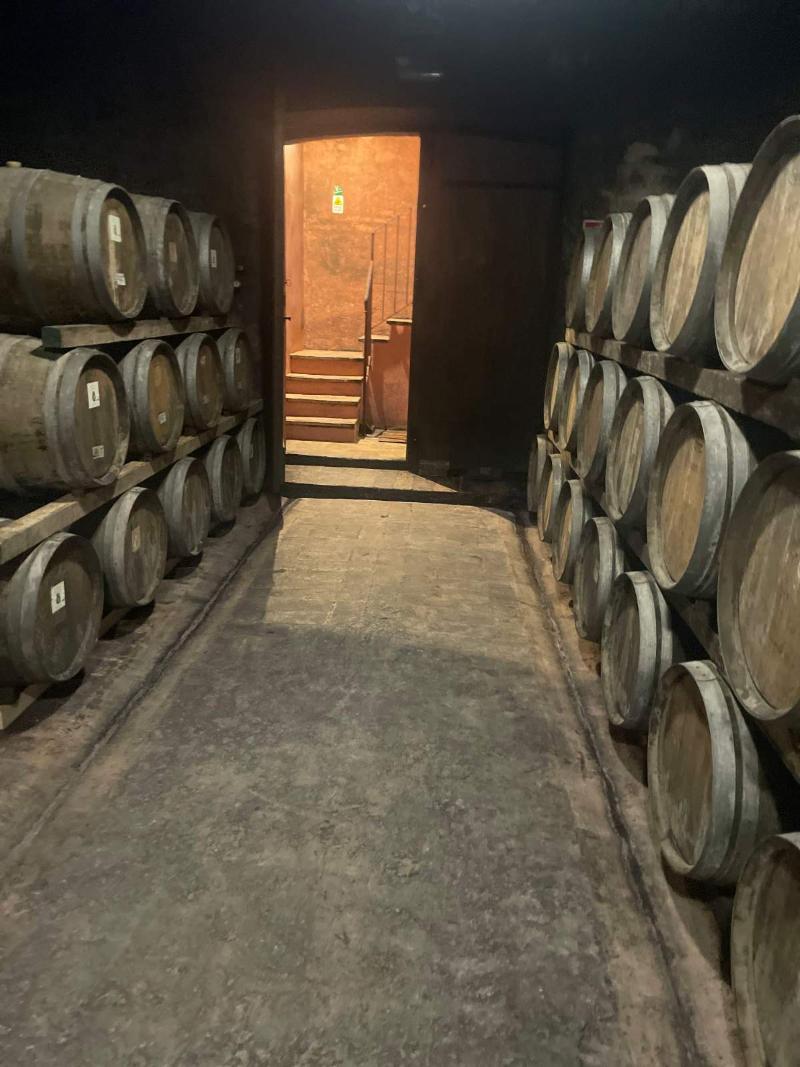
We can say that Umbria is no longer just Tuscany's rustic cousin. It is an increasingly confident wine region, producing both red and white wines of depth, identity, and quality. As producers refine their techniques and embrace both tradition and innovation, the wines of Umbria, from robust Sagrantino to vivid Trebbiano Spoletino, offer a thrilling snapshot of Italy's dynamic heartland.
For wine lovers willing to look beyond the obvious, Umbria is a region worth discovering - and rediscovering - with every vintage.

Umbria Today
Long overshadowed by Tuscany, Umbria is stepping into the spotlight with distinctive, terroir-driven wines.
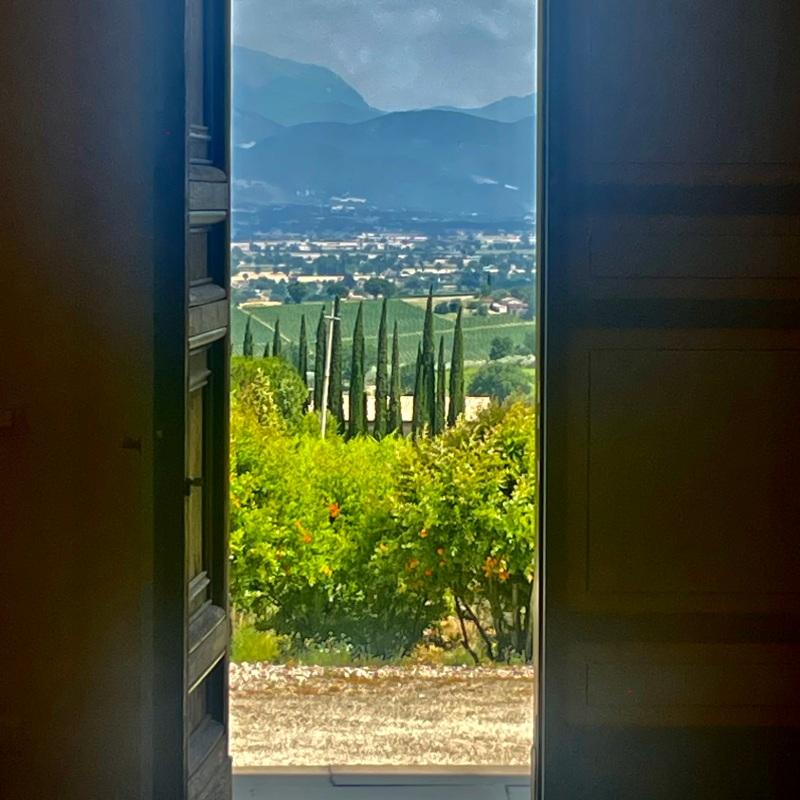
Umbria steps into the limelight





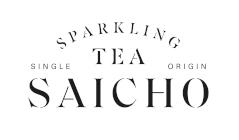




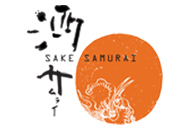
.png)
